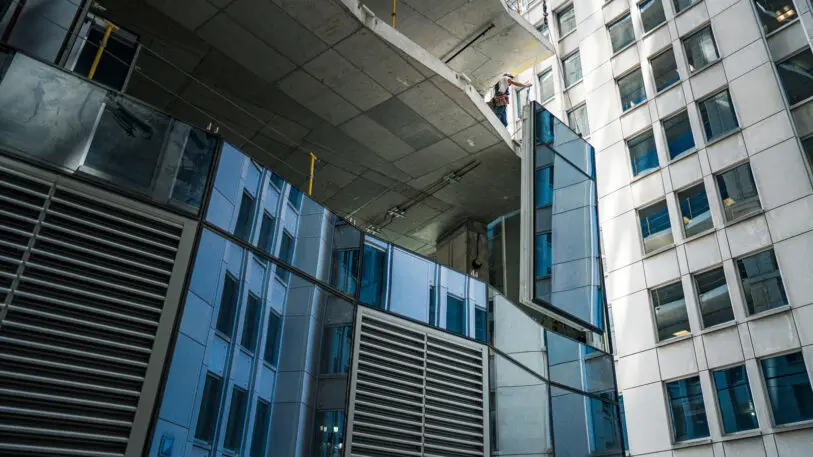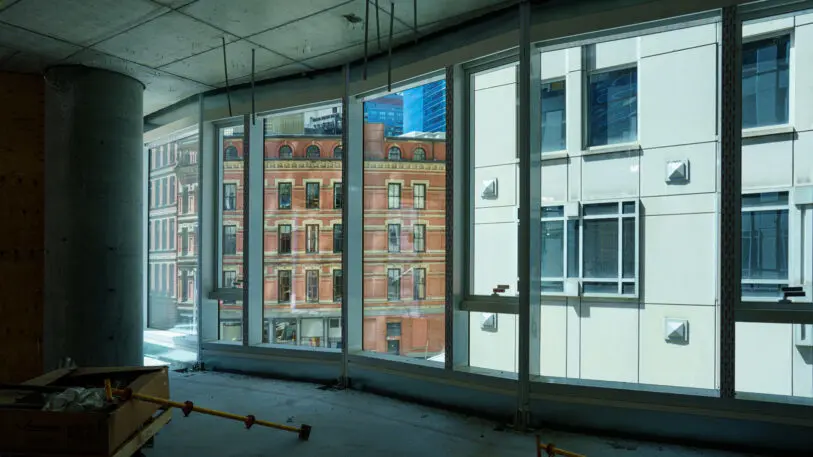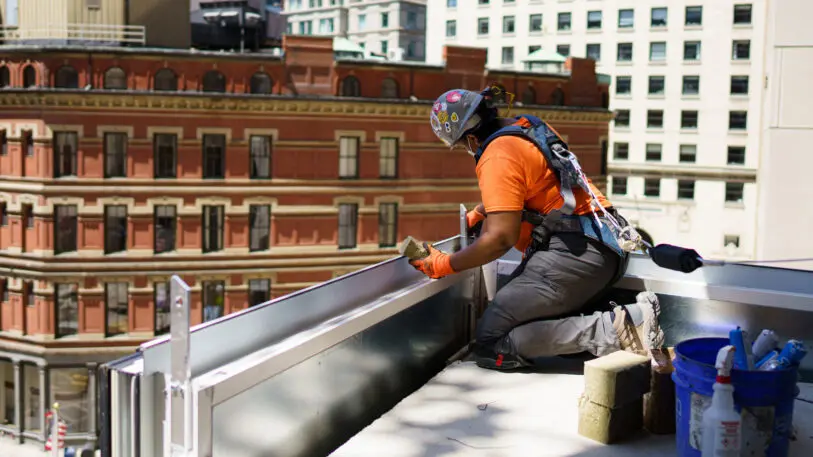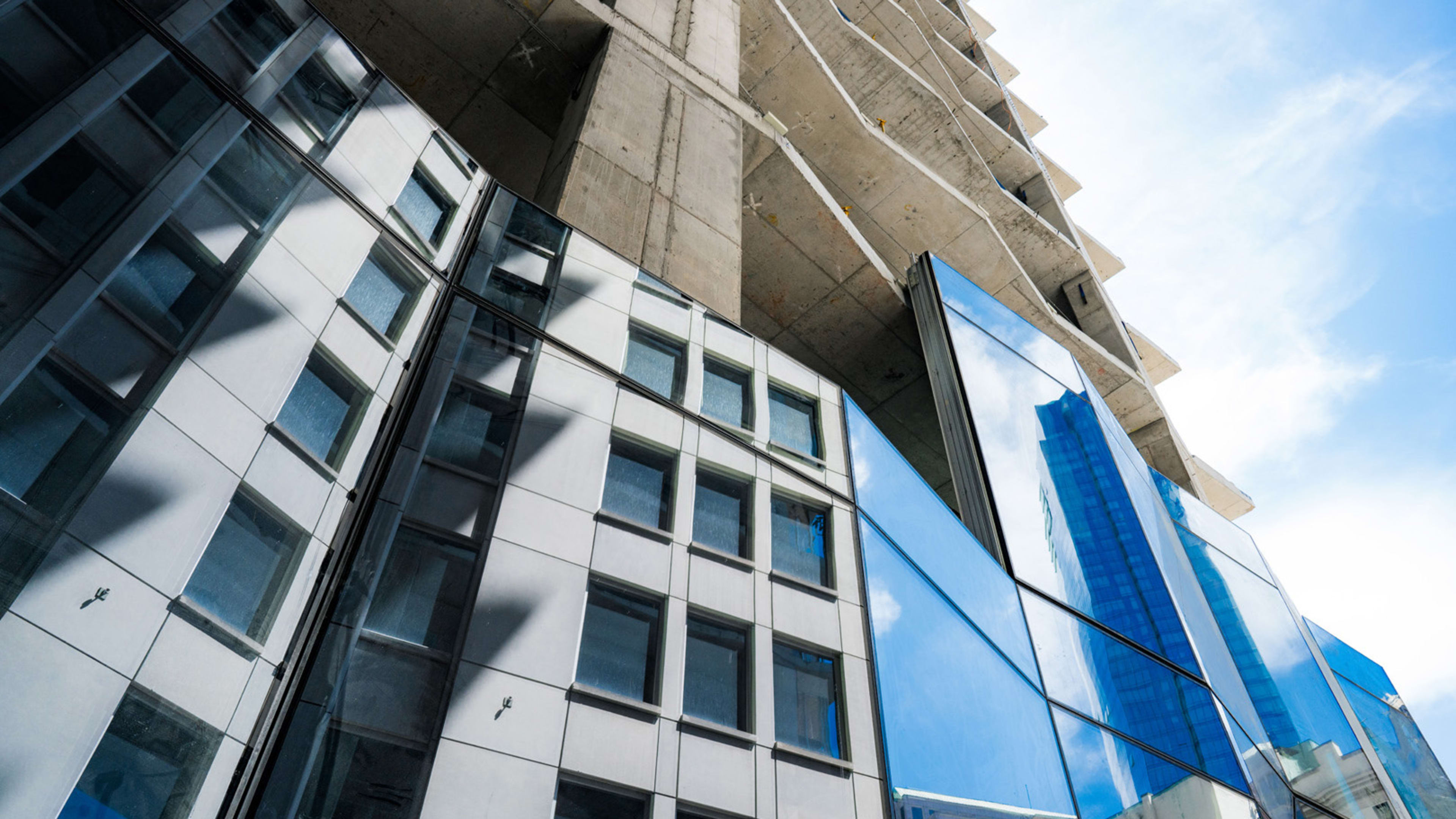When it’s 90 degrees and humid outside, or on a subzero day in January, this new office building in Boston will stay comfortable inside, but it will do so using notably less energy than its neighbors. The high-rise, with more than 812,000 square feet of office space, will be the largest Passive House-certified office building when construction is complete in 2022.
“Nobody had done this before, at this size, at this scale, for this use, that we were aware of,” says Blake Middleton, partner at Handel Architects, the firm that designed the building for the developer, Millennium Partners Boston. The Passive House certification means that the building meets a set of strict requirements for how airtight it is, the thermal performance, and heating, cooling, and total energy use per square foot each year.

The space is so airtight that body heat can play an important role in warming offices in the winter. “Literally, when you come to work, you are contributing to the environmental conditioning of the interior space by way of your body, and the building being calibrated in that way,” says John Fernández, director of MIT’s Environmental Solutions Initiative, who partnered on the design. “You are actually by your presence in the building contributing to a lowering of energy consumption.”


Governments could also set standards requiring the same type of energy performance, according to Fernández, going far beyond the already aggressive energy code that states like Massachusetts have now. “I think this is exactly the kind of building that cities need to consider facilitating, because cities now have very aggressive carbon emissions reduction goals,” he says. “They are looking at 50% reduction per decade. Cities are consuming the majority of energy in the world and in our country. So the smart dollar is towards the performance-based energy reductions in new buildings, and retrofits as well. This should be the model for many, many cities around the country.”
Recognize your brand’s excellence by applying to this year’s Brands That Matter Awards before the early-rate deadline, May 3.







